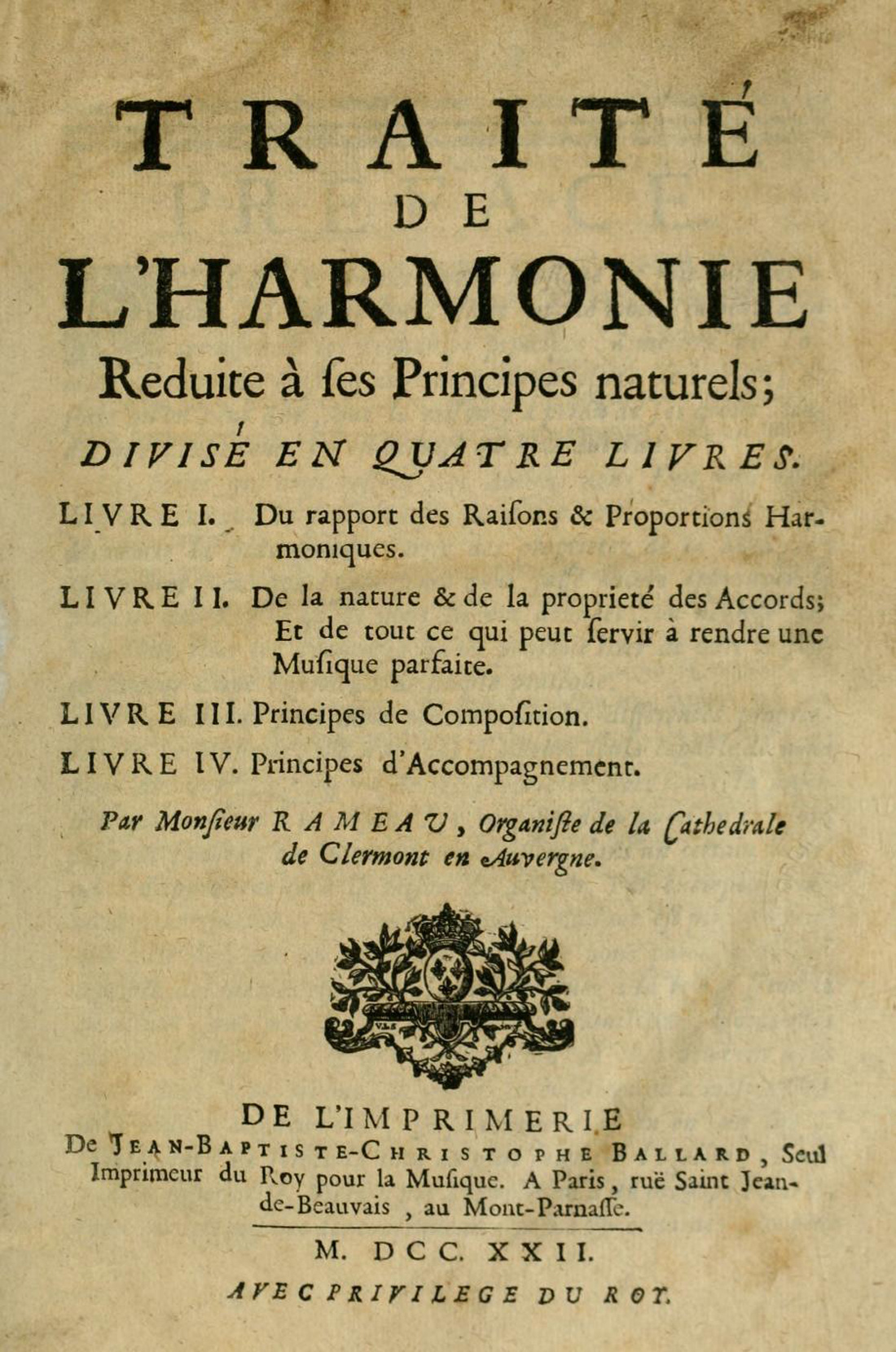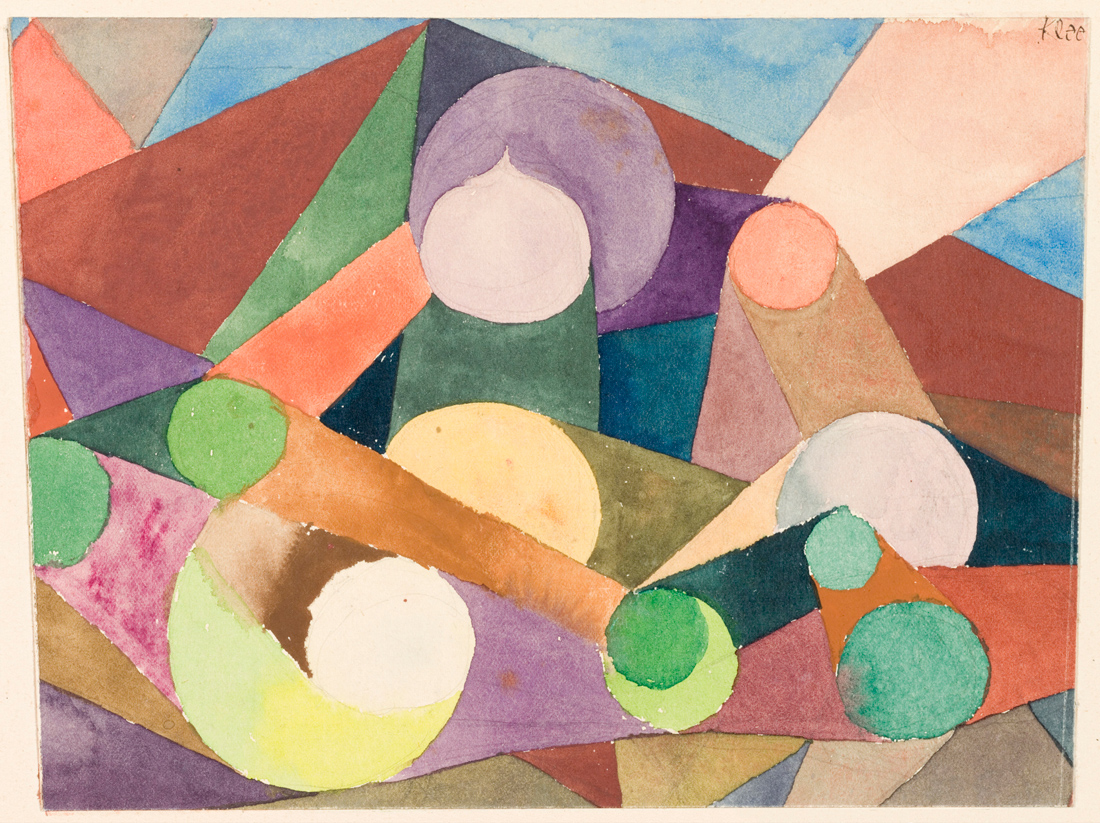The Origin of Harmony
Harmony is defined as a “pleasing arrangement of parts” - be it notes in a melody, narratives in parallel, or a visual order of composition and colour. The concept of harmony dates as far back as Pythagoras, the first mathematician who saw numbers as the great connection of the universe. And of course, in mathematics, all figures must be congruous. The very root of the word, “harmos”, means to join, connect and fit together. It is why in Greek mythology, Harmonia is the goddess of harmony and concord - as to be in harmony is to be at peace, settled, calm.
When we think of harmony, a symphony of sound comes to mind, a suite of notes or chords played simultaneously. While the Pythagorean tuning system is credited to Pythagoras in the 4th century BC, many other mathematicians, physicists and philosophers have made contributions to the study of harmony, like Aristotle, Plato, Ptolemy and Euclid.
By the 12th century, the Latin and Greek word “harmonia” is understood as an “agreement of sounds”. And in the late 14th century, the noun “harmonie” in Old French translates to “a combination of tones pleasing to the ear”.
French composer Jean-Philippe Rameau (1683-1764) published Traité de l’harmonie in 1722. It remains one of the foremost writings on tonality and harmonic language. Rameau looked to science to explain the nature of this musical phenomenon, establishing a relationship between the principles of tonal music with the physics of sound and acoustics.
The concept of harmony is still studied by music theorists, asking why certain sounds are pleasing to the ears, across ages. Studies, in fact, have shown that infants recognise harmony. This tonality of harmony is typified throughout the canon of music - across style and era - from Bach to Beethoven, Brahms to Mahler, and on and on through jazz, gospel, and the pop music of today.


That beauty we find in music is at the heart of the modern conceptual pursuit of harmony in architecture and art. Just as our body is intrinsically attuned to the sound of harmony, so it is to the sight and feel of it. It is something we crave to be surrounded by - to inspire us, to ground us, to put us at ease.
One of the early examples of harmony engineered in architecture is the Parthenon in Athens. It showcases the ideals of mathematics as explained in nature while marking a more dynamic design expression than previous monumental structures. It marries a perfect understanding of proportion and an appreciation of style, following the length to width ratio of 9:4 - a hallmark of Classical Architecture.
Modern architecture takes this ideal of perfected proportions even further. Ornamentation is stripped, in favour of flat surfaces, clean lines, asymmetry in balance, simple geometries and unembellished, even raw, materials. These were the core principles of the early 20th century Bauhaus movement, exemplified in designs by Ludwig Mies van der Rohe and Marcel Breuer, who would go on to influence designers like Philip Johnson..
These ideals were not limited to design, they were also applied to art. Of course, a balanced composition between background and foreground, subject and perspective, has always been among the fundamental concerns for artists. Abstraction, however, allowed artists to investigate the principles of harmony without restrictions on representation. Artists, too, narrowed their focus on material and scope - be it black, white, or the primary colours of red, yellow and blue. Piet Mondrian, Josef Albers, Wassily Kandinsky and Paul Klee sought harmony in image, even eschewing the obvious choice of symmetry to investigate the furthest limits and boundaries of balance.
Mondrian, for instance, was known to keep the lights low in his studio, squinting at a canvas in an almost a meditative state. When looking at a work, should it feel like staring off into the sea or forest at dusk, then it was a success. These masters of modern art believed that in their pursuit of harmony on canvas, they would arrive at that the very essence, the core, the truest of beauty.
Harmony: intrinsic to nature, it is a concord of elements, separate yet united. Since time immemorial, artists have pursued harmony, seeking to create a dynamic balance, a whole greater than its parts. Yet while harmony is sought by many, it is mastered by few.
The scientists at La Prairie have sought to master the harmony of youth – a harmony that is fleeting. This scientific pursuit culminated in a breakthrough centerd on skin ligaments - skin's vertical pillars. Skin ligaments are directly correlated to essential elements of facial harmony, and are as of yet unaddressed by skincare.
The result of years of research is the new caviar ingredient, Caviar Infinite, an ideal blend of proprietary caviar ingredients, augmented with a specific high-efficacy active, designed to help visibly strengthen and re-densify the skin.
Caviar Infinite is infused in the new Skin Caviar Harmony L'Extrait which opens a new chapter in the science of lifting and firming. The harmony of youth is mastered.
